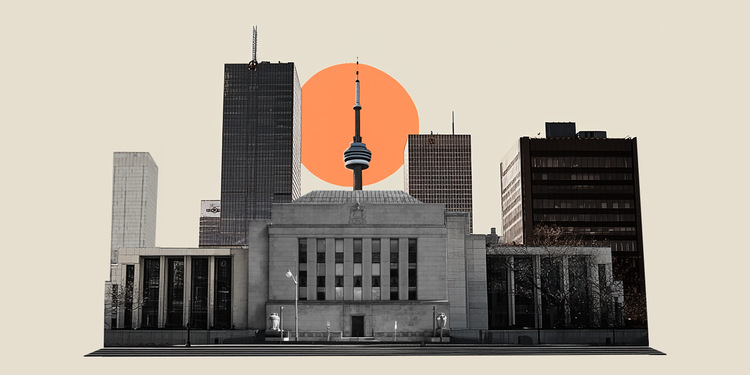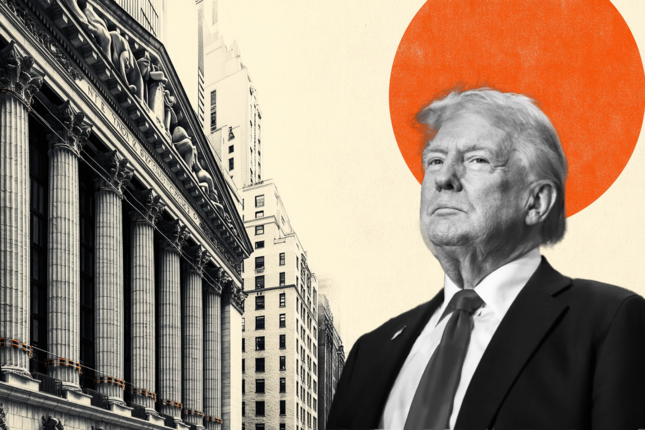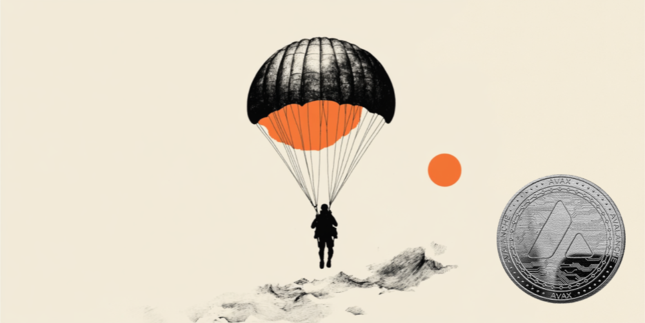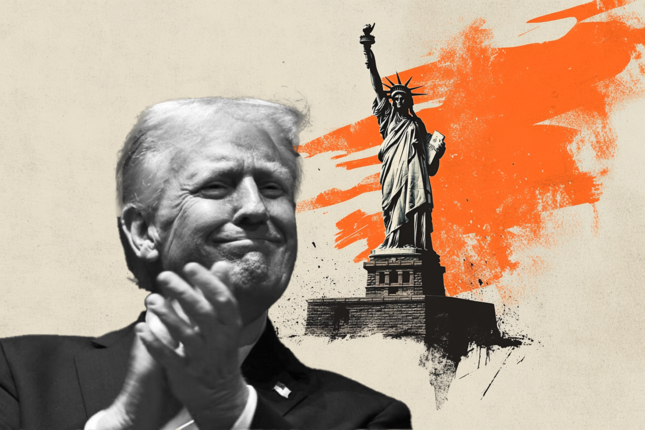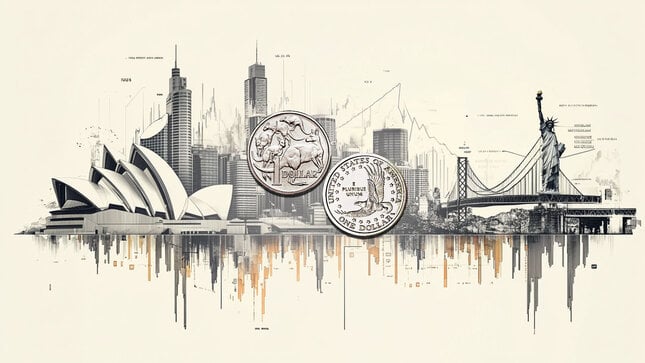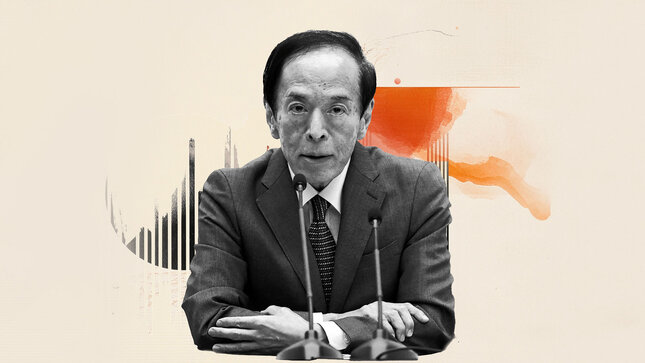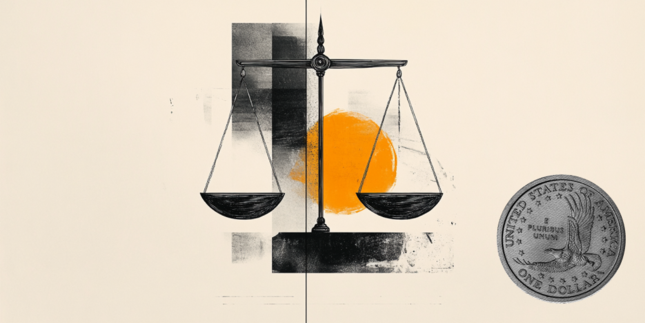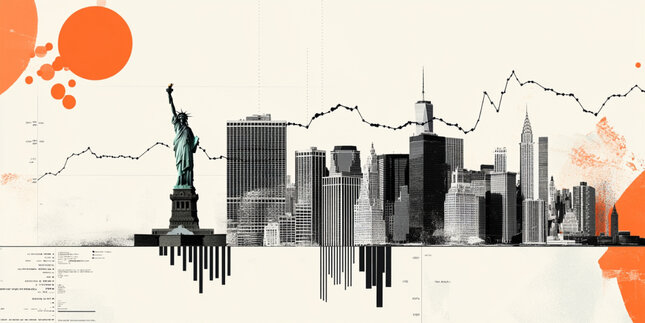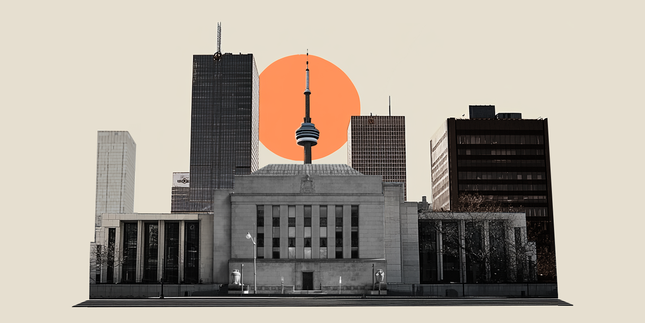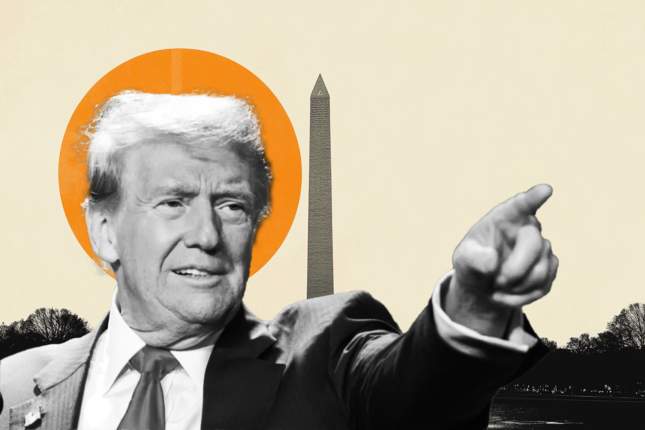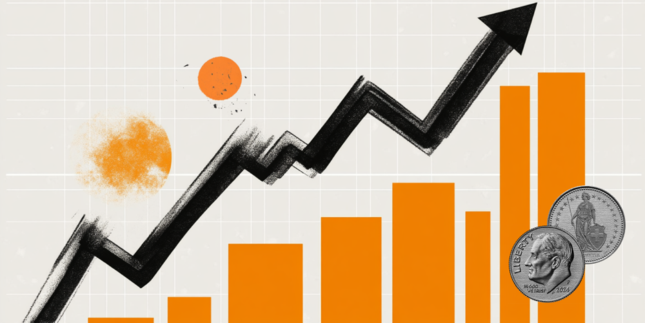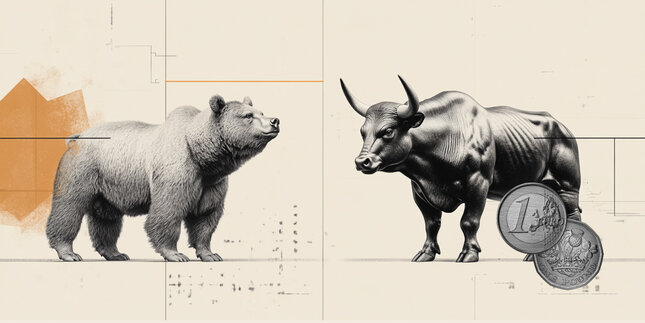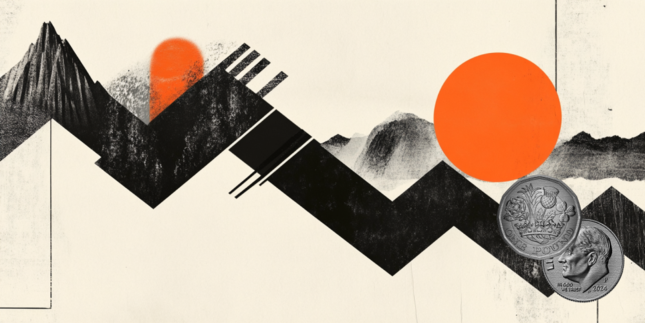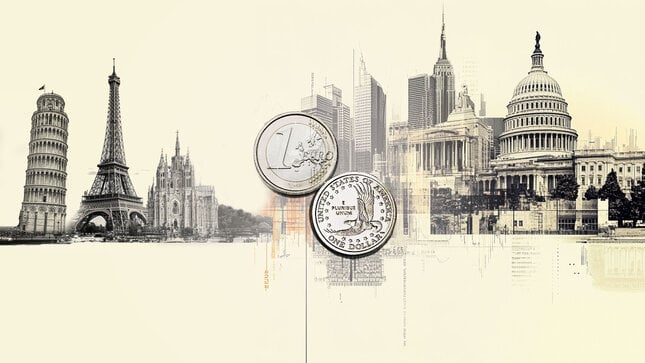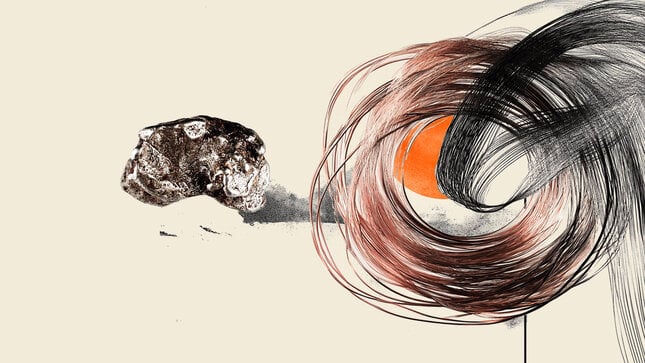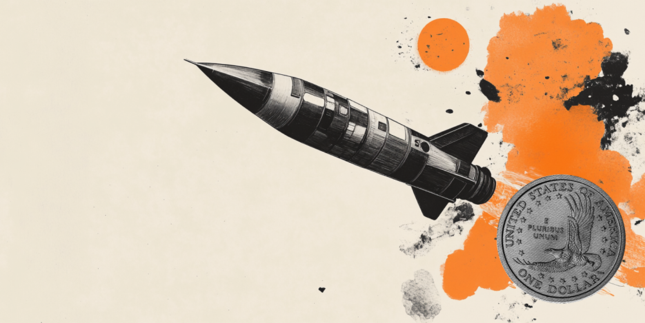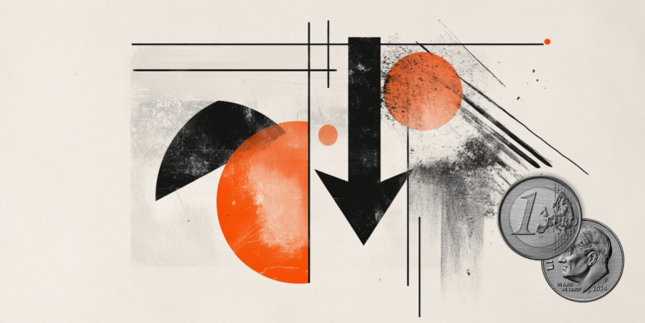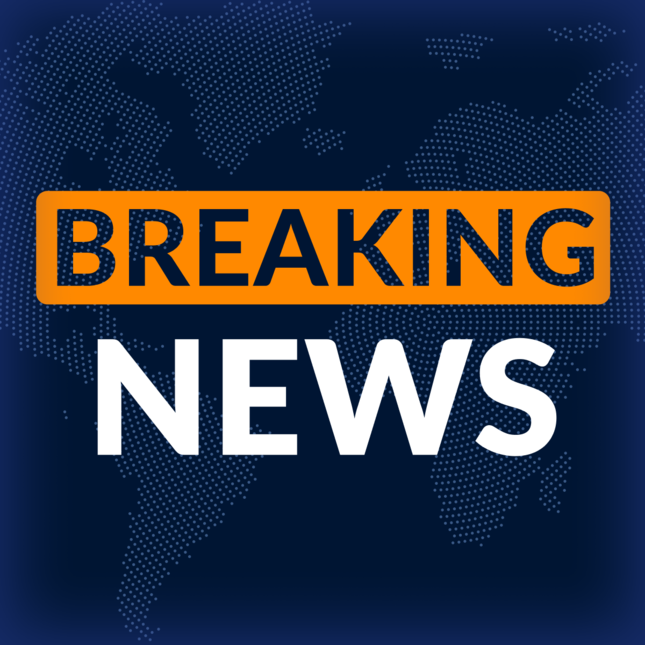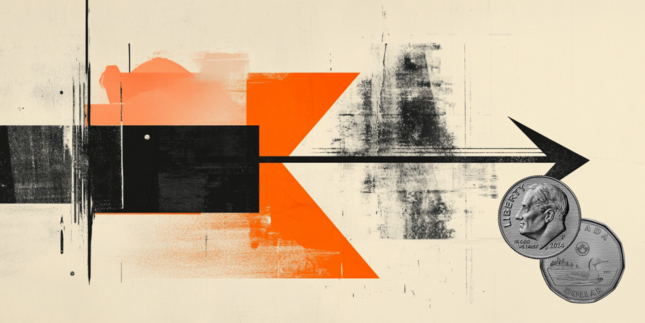Bank of Canada minutes: Council split over cutting or holding rates due to tariffs risks
The Bank of Canada (BoC) revealed the minutes of the meeting held on April 16, which showed that the Governing Council was divided over whether to cut rates or keep them unchanged.
Key highlights:
All BoC members agreed to maintain a robust survey and outreach plan to better understand in real-time how the economy was adapting.
Members agreed they should be less forward-looking than usual.
While there were differences in views, everyone agreed there was a great deal of uncertainty and the situation could change quickly.
BoC members favoring no change wanted to gain more information on US tariffs, supporting a wait and see approach.
They felt another cut could be premature, given upward pressure on inflation from tariffs could come quickly.
BoC members favoring a cut said the bank would have the flexibility to reduce rates further as long as medium- to long-term inflation expectations remain anchored.
They cited that muted near-term inflation risks and signs that the economy was weakening.
They added that the need for timely action was highlighted, given lags in the transmission of monetary policy actions to the economy and inflation.
Bank of Canada FAQs
The Bank of Canada (BoC), based in Ottawa, is the institution that sets interest rates and manages monetary policy for Canada. It does so at eight scheduled meetings a year and ad hoc emergency meetings that are held as required. The BoC primary mandate is to maintain price stability, which means keeping inflation at between 1-3%. Its main tool for achieving this is by raising or lowering interest rates. Relatively high interest rates will usually result in a stronger Canadian Dollar (CAD) and vice versa. Other tools used include quantitative easing and tightening.
In extreme situations, the Bank of Canada can enact a policy tool called Quantitative Easing. QE is the process by which the BoC prints Canadian Dollars for the purpose of buying assets – usually government or corporate bonds – from financial institutions. QE usually results in a weaker CAD. QE is a last resort when simply lowering interest rates is unlikely to achieve the objective of price stability. The Bank of Canada used the measure during the Great Financial Crisis of 2009-11 when credit froze after banks lost faith in each other’s ability to repay debts.
Quantitative tightening (QT) is the reverse of QE. It is undertaken after QE when an economic recovery is underway and inflation starts rising. Whilst in QE the Bank of Canada purchases government and corporate bonds from financial institutions to provide them with liquidity, in QT the BoC stops buying more assets, and stops reinvesting the principal maturing on the bonds it already holds. It is usually positive (or bullish) for the Canadian Dollar.
Forex News
Keep up with the financial markets, know what's happening and what is affecting the markets with our latest market updates. Analyze market movers, trends and build your trading strategies accordingly.
